Resident Evil 4 launched on the Nintendo GameCube on this day in 2005. Five years into the 21st century, Capcom delivered the game that would define the next 20. It’s Resident Evil 4’s world and modern triple-A gaming is just living in it. That’s a big statement, but I’ll explain.
With all those years in between, it can be easy to forget what games looked like before Resident Evil 4. I’m not exempt. I didn’t play the survival horror classic until 2016, so my defining memory from its actual release era is hiding the Nintendo Power issue featuring it on the cover from my parents.
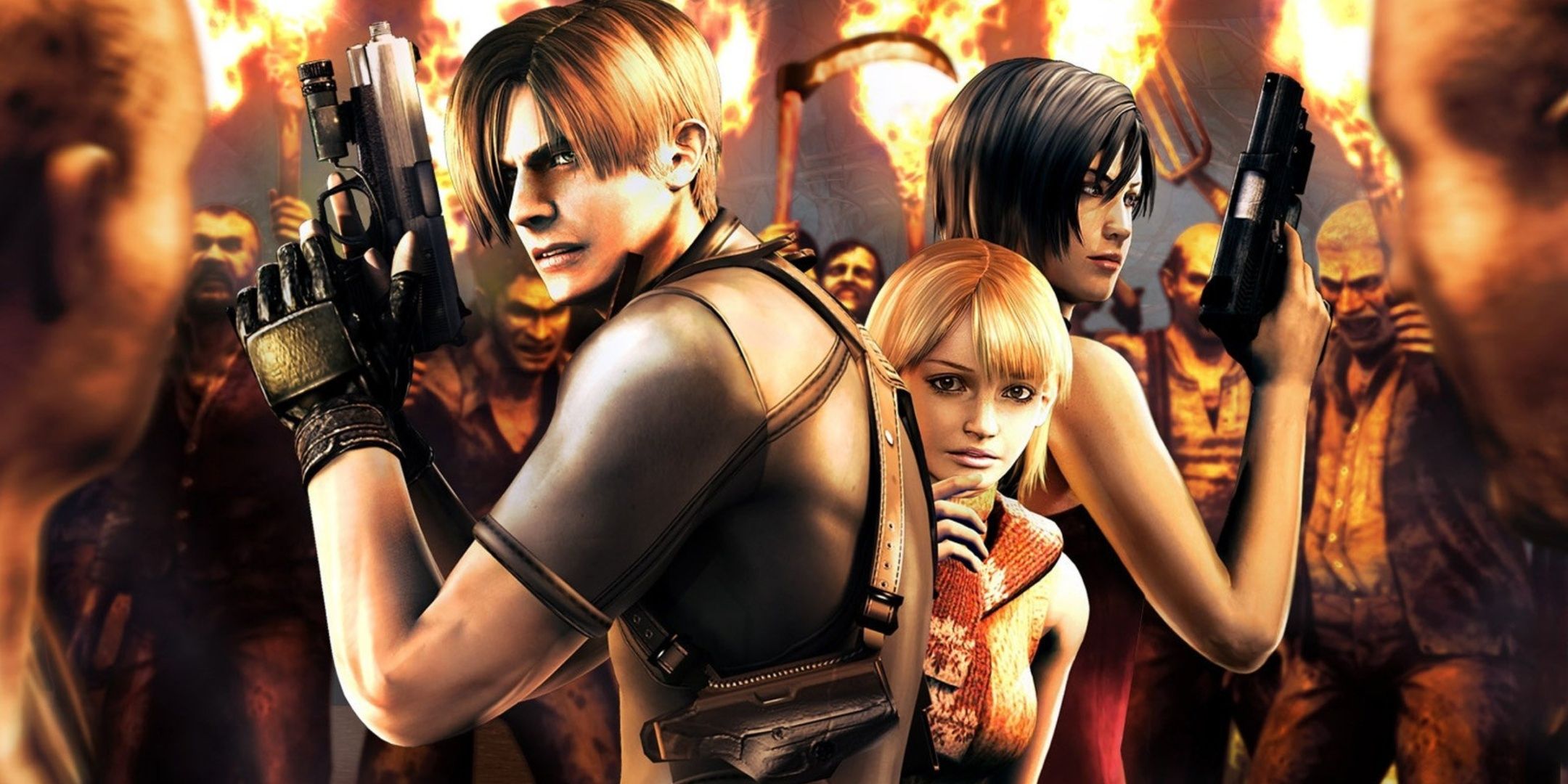
Related
Resident Evil 4 Is The Most Replayable Game Ever Made
Two decades later and there’s still no other game I’d rather be playing.
Thanks to that issue, I was also vaguely aware of its opening village set piece, or at least that it involved a chainsaw, a dude with a burlap sack on his head, and a shambling horde of zombie Spaniards. The game existed as iconography and — given that there were official chainsaw controllers sold for GameCube and PS2 — proto-memes. I had no idea just how influential it was until much later.
Resident Evil 4 Deserves Its Flowers
Though Resident Evil 4 doesn’t tend to get quite as much credit as earlier innovators like Super Mario 64 which helped lead the charge from 2D to 3D, its release is just as much a dividing line between the past and present of gaming. If you’ve played third-person shooters released in the ’90s and early ’00s, you know that the camera was frequently placed high above the character. The first three Resident Evil games had fixed camera angles but, with Resident Evil 4, it moved behind the player character’s back. When Leon lined up a shot, it zoomed in to provide an over-the-shoulder view.
Resident Evil 4 has been so influential, in fact, that the modern triple-A space might look entirely different without it. In the early 2000s, games in the God of War, Metal Gear Solid, Silent Hill, and Grand Theft Auto series all looked and played completely differently. Yet, the most recent entry in each series has used the over-the-shoulder perspective Resident Evil 4 pioneered. Most triple-A games look and play pretty similarly to each other in 2025, and Resident Evil 4’s brilliance is largely to blame.
Resident Evil 4 Changed Resident Evil
As good as Resident Evil 4 is, it had a negative impact on its own franchise. Every Resident Evil game since has been defined by its relationship with Resident Evil 4. Its sequels, Resident Evil 5 and 6, increasingly focused on action at the expense of survival horror and are lesser games because of it. Resident Evil 7 was a return to form because it pivoted away from the direction the series was going in, and Resident Evil Village was, in large part, an homage to 4. The remakes of Resident Evil 2 and 3 took the perspective 4 brought to the series back to the entries that preceded it, and the Resident Evil 4 remake — duh — owes quite a bit to Resident Evil 4.
It didn’t take long after the game’s release for developers to recognize the paradigm shift. Gears of War, which launched less than two years after Resident Evil 4 took the over the shoulder perspective and ran with it. Iconic survival horror series like Dead Space and The Last of Us wouldn’t exist (at least not in their current forms) without Resident Evil 4’s perspective or its fusion of action, narrative, and scares.
Most of the defining triple-A games of the 20 years since — GTA 5, Uncharted, Red Dead Redemption, Breath of the Wild, and others — have borrowed Resident Evil 4’s shooting perspective. If you’ve ever pressed L2 to zoom in and get a closer look at your character’s POV, you’ve engaged with one of Resident Evil 4’s innovations. Given that most triple-A games are in third-person, Resident Evil 4’s perspective is how most people see the medium.
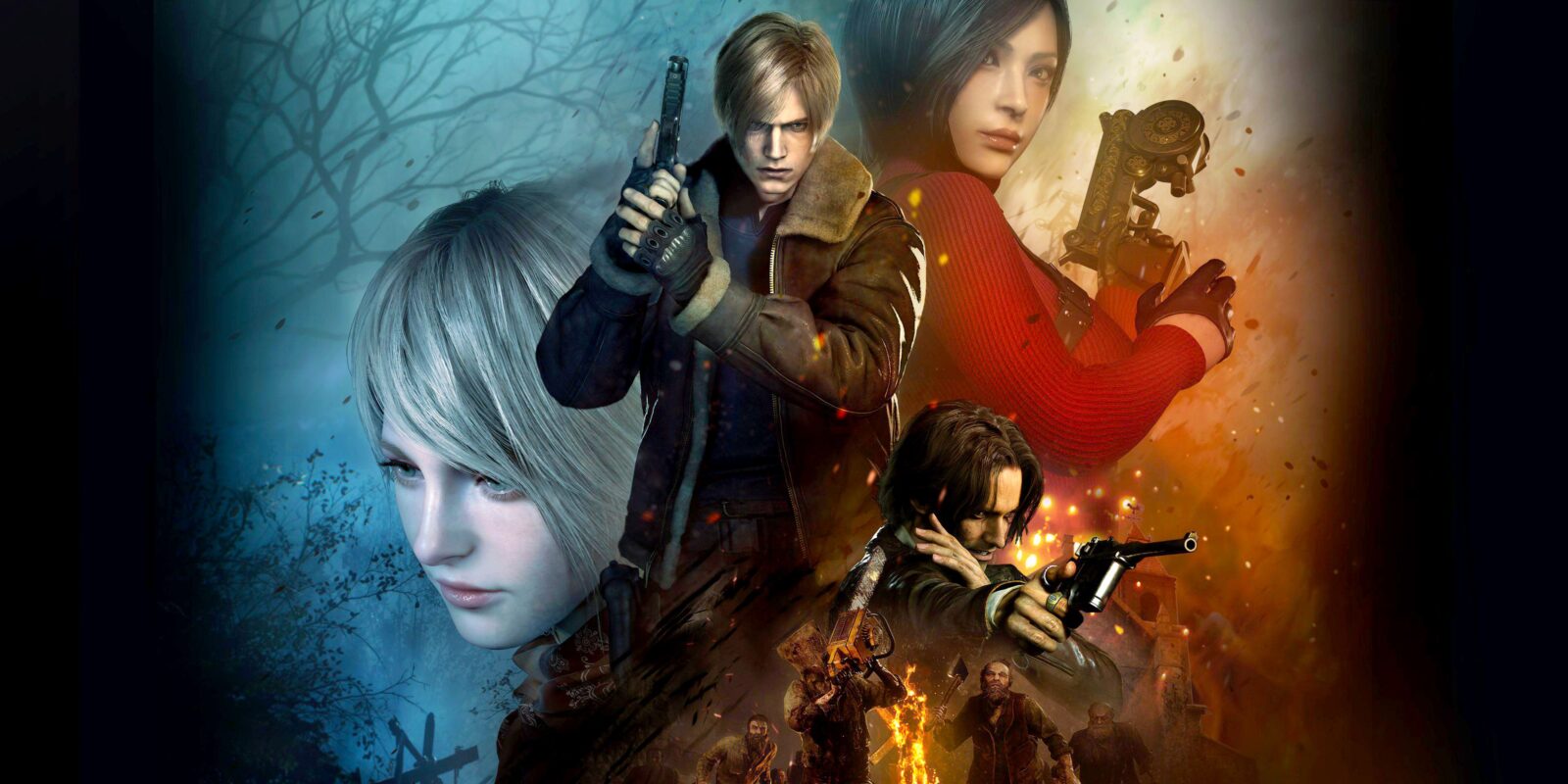

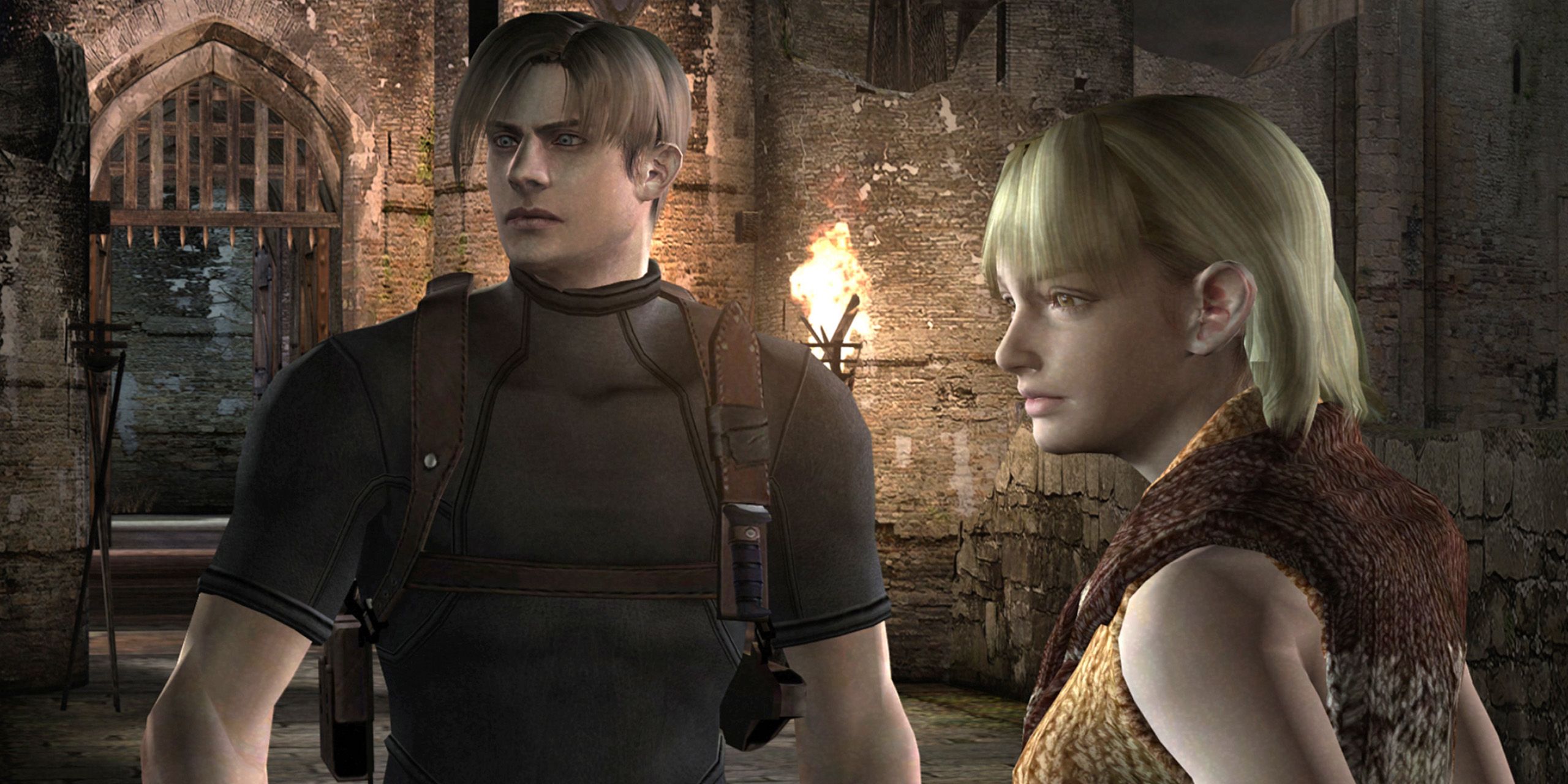
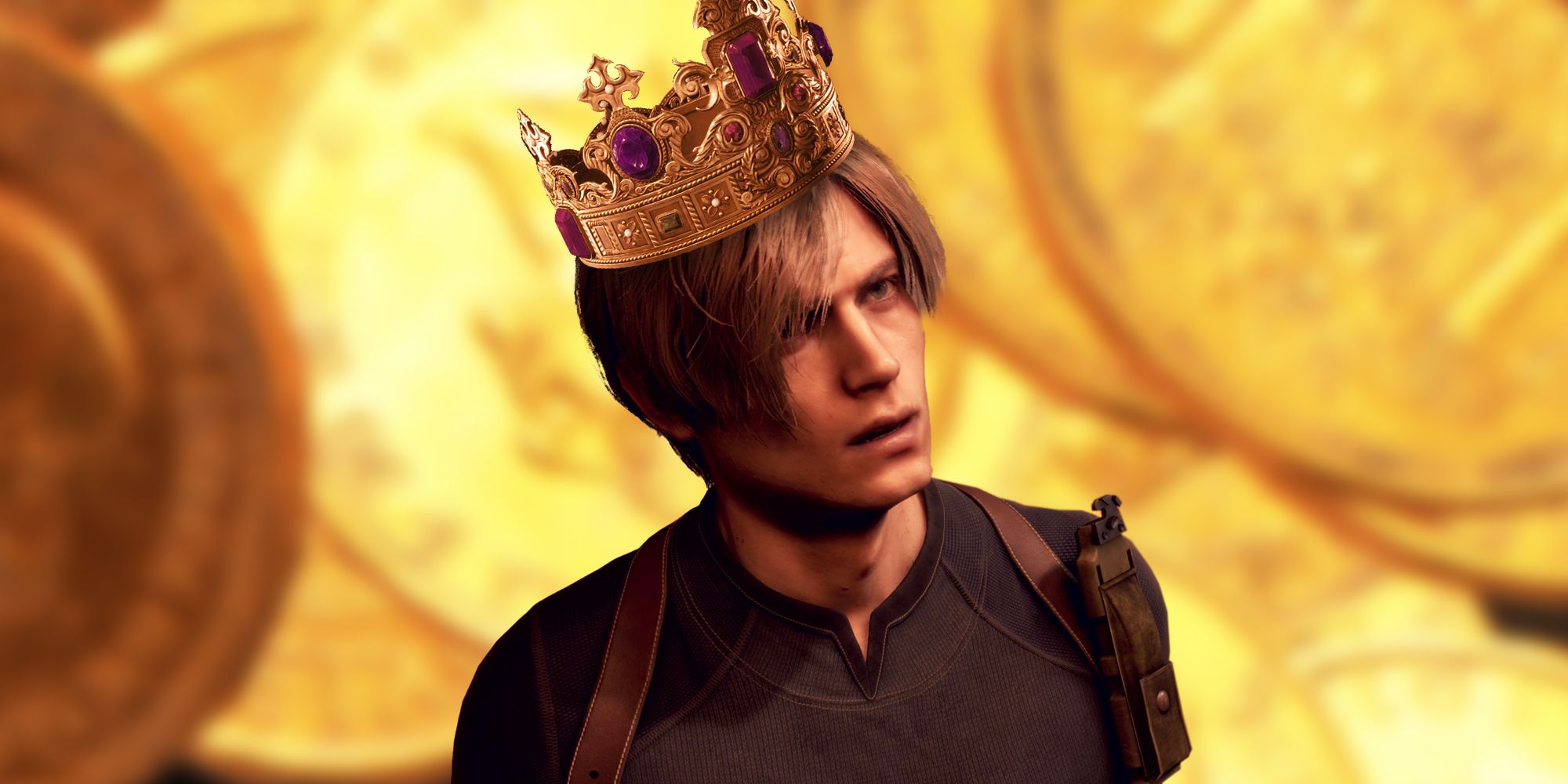






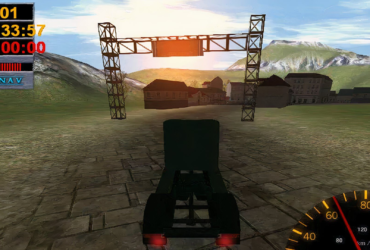
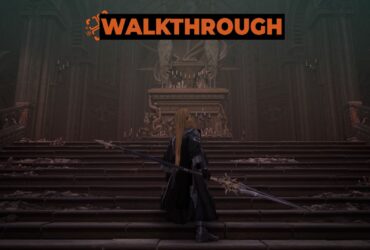
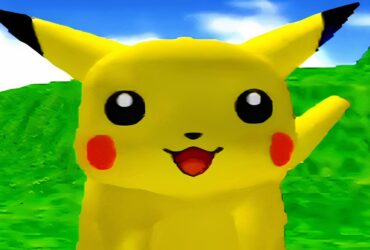
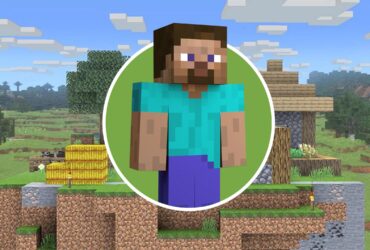
Leave a Reply